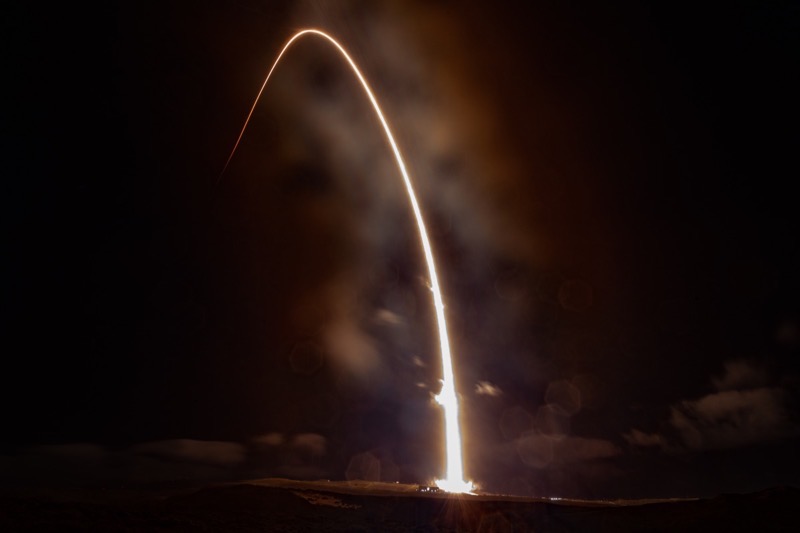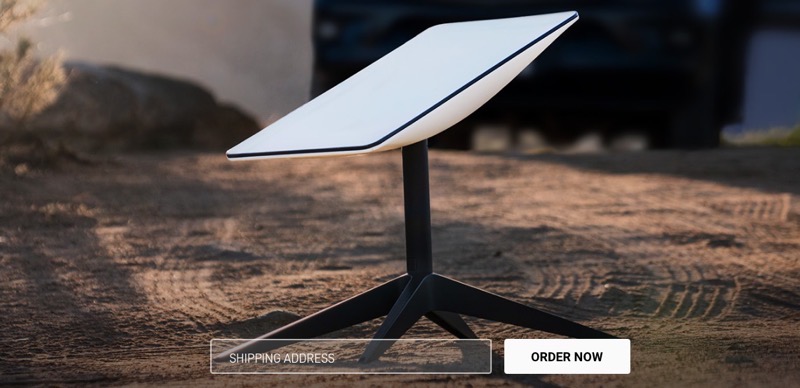
SpaceX Completes First Text Message Tests Using Starlink Direct to Cell

On January 8, SpaceX’s Starlink team marked a significant milestone by successfully sending and receiving the first text messages using T-Mobile’s network spectrum through a newly launched Direct to Cell satellite.
This achievement comes just six days after the launch of the first six Starlink satellites equipped with Direct to Cell capabilities on January 2, 2024.
The integration of cell phones with satellites presents numerous technical challenges. Unlike terrestrial networks with stationary cell towers, satellite networks involve moving satellites at high speeds relative to users on Earth. This dynamic requires seamless satellite handoffs and adjustments for factors like Doppler shift and timing delays, which are critical for effective phone-to-space communication. Additionally, connecting cell phones, which have low antenna gain and transmit power, to satellites hundreds of kilometers away is a complex task.
To overcome these challenges, Starlink’s Direct to Cell satellites are outfitted with custom silicon, large advanced phased array antennas, and sophisticated software algorithms. These technologies enable the provision of standard LTE service to cell phones on the ground, a feat previously unattainable due to the technical limitations of mobile phones.
SpaceX is uniquely positioned to rapidly expand the Direct to Cell network. The company plans to launch a constellation of hundreds of satellites to enable text service in 2024, followed by voice, data, and Internet of Things (IoT) services in 2025.
The Direct to Cell network leverages the infrastructure built for Starlink, including laser backhaul connections to the existing satellite constellation. This integration allows early satellites to provide services globally with regulatory approval, without the need for dedicated ground infrastructure. The network seamlessly integrates with Starlink’s core and the operator’s core, facilitating a smooth service experience.
In August 2022, Starlink announced its first partnership with T-Mobile and has since expanded its collaborations with major operators worldwide. These partnerships provide critical LTE spectrum for transmitting satellite signals, enabling Starlink to function like a standard roaming partner.
Starlink’s initiative is not just a technological leap but also a regulatory one. The company has worked closely with the Federal Communications Commission (FCC) and international regulators to obtain the necessary approvals for this innovative service.
With cellular coverage anywhere on Earth, the Starlink Direct to Cell service will literally save lives for those in emergency situations.
Aside from T-Mobile in the U.S., other SpaceX partners include Rogers in Canada, Optus in Australia, One New Zealand, KDDI in Japan, Salt in Switzerland, and Entel in Chile and Peru.

